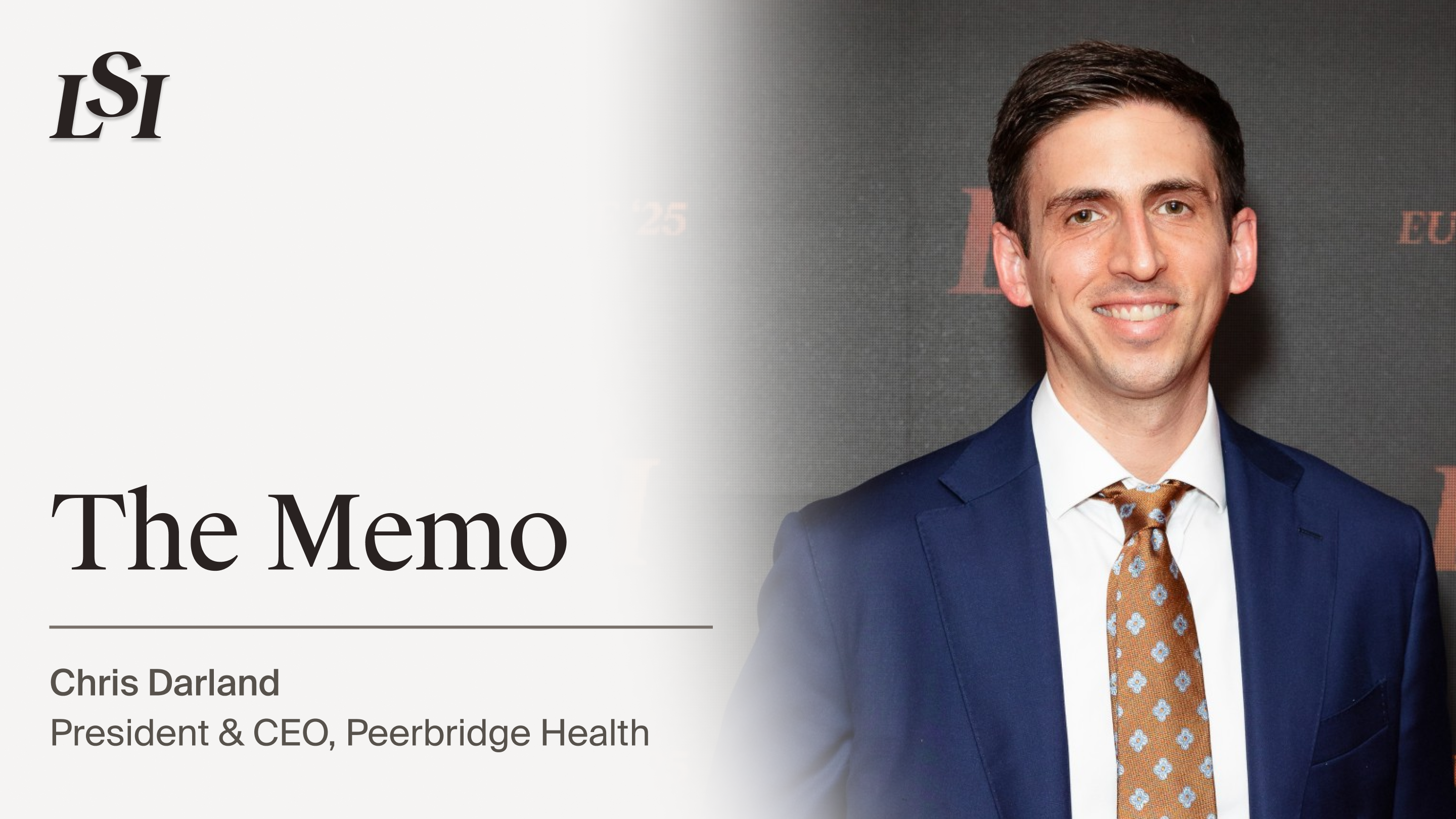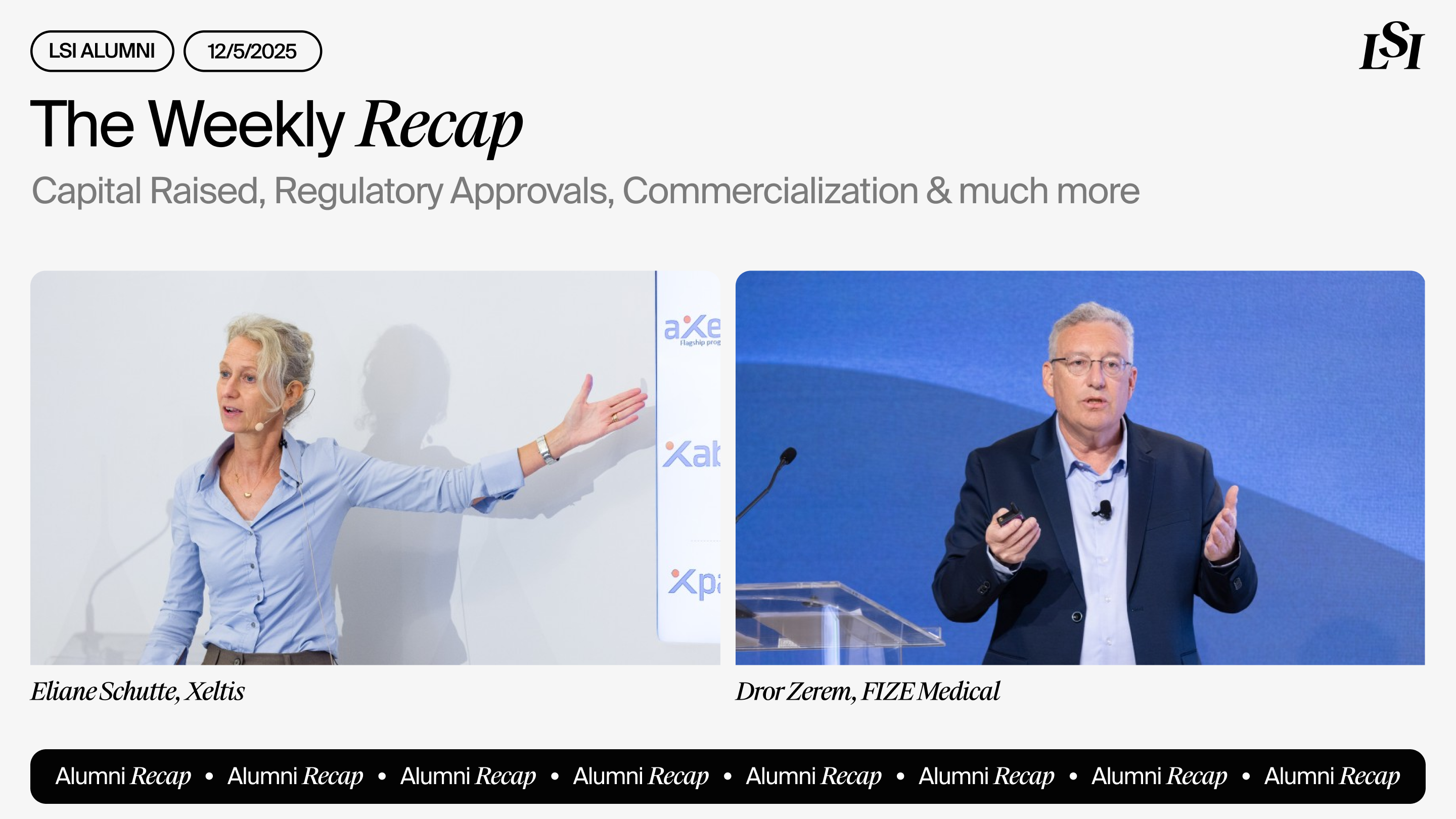
The cardiac ablation market has seen significant innovation over the past few decades, with technological advancements reshaping the treatment landscape, especially in atrial fibrillation (AF). These developments have improved outcomes for patients by offering more effective and safer options. As we look ahead, new modalities such as pulsed-field ablation (PFA) are gaining traction, with the potential to transform how AF and other heart conditions are treated.
In this article, we’ll explore the shifts in the cardiac ablation market, focusing on the emerging technologies that are driving change, the numbers that underscore this growth, and what the future holds for both patients and medtech companies.
Transforming the Cardiac Ablation Market
The history of cardiac ablation is marked by significant technological milestones. Initially, treatments for AF were limited to medications and less precise procedures. However, in the 1980s, the introduction of radiofrequency (RF) ablation revolutionized AF management by allowing electrophysiologists to directly target and disrupt erratic electrical pathways in the heart.
RF ablation was followed by cryoablation, which uses extreme cold to create lesions in the heart tissue, offering a different method of isolation. While both RF and cryoablation are widely used and have proven effective, these methods can have limitations—particularly concerning the potential for collateral damage to surrounding structures, such as the esophagus and phrenic nerve.
The introduction of PFA is now poised to further transform the cardiac ablation devices market. Unlike thermal-based approaches, PFA uses non-thermal electric fields to selectively target cardiac cells, minimizing the risk to nearby tissues and improving safety profiles. The advantages of PFA have led to rapid adoption, positioning it as a potential industry standard.
Key Drivers of Growth in the Cardiac Ablation Market
There are several factors contributing to the growth of the cardiac ablation market, particularly as the demand for more advanced treatments for atrial fibrillation (AF) continues to rise:
- Aging Populations: As populations age globally, the prevalence of heart diseases like AF is increasing, leading to a higher demand for effective treatment options. The rising incidence of cardiovascular conditions is fueling the need for cardiac ablation procedures.
- Technological Advancements: The evolution of ablation technologies, especially the advent of PFA, has made procedures safer, faster, and more effective. This has contributed to the increased adoption of ablation treatments, offering patients improved outcomes with shorter recovery times.
- Patient Demand for Minimally Invasive Procedures: Patients are increasingly seeking less invasive treatment options that offer quicker recovery and fewer complications. PFA and other advanced techniques are being embraced for their ability to minimize collateral damage, offering a compelling alternative to traditional methods.
- Clinical Evidence: With more robust clinical data supporting the efficacy of PFA and other emerging technologies, the credibility and adoption of these treatments are increasing. Early trials and studies suggest that these technologies could result in fewer repeat procedures, enhancing their attractiveness to both clinicians and patients.
The Competitive Landscape
The cardiac ablation market is highly competitive, with several major players vying for market share. Medtronic, Boston Scientific, and Johnson & Johnson MedTech are leading the charge in the development of new ablation systems. Each of these companies is making significant investments in R&D to advance their respective product offerings.
For example, Boston Scientific’s FARAPULSE PFA system received FDA approval in 2024 and has been widely adopted in the treatment of AF. Medtronic also gained approval for its PulseSelect PFA system, which started its commercial rollout in early 2024. Johnson & Johnson’s VARIPULSE system, part of the Biosense Webster portfolio, is gaining traction, although its commercial rollout has been temporarily paused for additional evaluations. These players are accelerating the adoption of PFA technologies to capture a greater share of the cardiac ablation market.
While these large companies dominate the market, smaller, innovative players are also emerging, developing their own advanced ablation solutions. Companies like Healium Medical and Kardium are introducing new approaches, such as no-contact ultrasound-guided ablation and single-shot PFA systems, which could challenge traditional methods and gain significant attention in the market.
Emerging Technologies in the Cardiac Ablation Market
As the cardiac ablation market evolves, several innovative technologies are gaining momentum. The introduction of PFA systems has been the most transformative, but other technologies are also playing a crucial role in shaping the future of AF treatment.
|
AI and Machine Learning Integration |
The use of AI and machine learning in the ablation process has the potential to enhance procedure precision, optimize energy delivery, and improve patient outcomes. AI-driven mapping and navigation systems are being integrated into ablation technologies, allowing for real-time adjustments and improved lesion creation. |
|
Robotic-Assisted Ablation |
Robotic-assisted platforms, such as Stryker’s Mako system, are increasingly being used in cardiac procedures to provide greater accuracy and control. These systems enable electrophysiologists to perform complex procedures with enhanced precision, improving safety and outcomes. |
|
Miniaturization of Devices |
Smaller, more flexible devices are being developed to facilitate easier catheter insertion and better maneuverability within the heart, particularly in difficult-to-reach areas like the pulmonary veins. These advancements are making ablation procedures more accessible to a broader range of patients. |
Market Growth and Projections
The cardiac ablation market is on a rapid growth trajectory, with projections suggesting it will double in value by 2030. According to LSI’s Global Surgical Procedure Volumes database, approximately 1.4 million cardiac ablations were performed worldwide in 2024, with global volumes expected to grow at a CAGR of 8.8% from 2024 to 2029.
This market expansion is driven by the increasing adoption of advanced technologies, the rising prevalence of AF and other cardiac conditions, and the growing demand for minimally invasive procedures. Additionally, the development of next-generation devices, which come at a premium price, is fueling market growth.
In 2024, the global ablation market (including mapping systems) was valued at $6.4 billion, and it is expected to continue growing at a CAGR of 9.8%, significantly outpacing the overall cardiovascular devices market, which is growing at a slower rate of 5.8%.
Conclusion
The cardiac ablation market is experiencing significant shifts, driven by technological advancements and changing patient needs. PFA has emerged as the leading technology, offering safer, faster, and more effective treatment options for AF. As the market continues to evolve, we expect continued innovation, regulatory approvals, and increased adoption of advanced ablation systems.
In the coming years, the cardiac ablation market will continue to expand, fueled by rising demand for AF treatment, technological progress, and better clinical outcomes. Companies that can integrate new technologies, such as AI and robotics, into their ablation systems will be well-positioned to lead the market and improve the quality of care for patients worldwide.
The future of cardiac ablation is bright, with the potential for improved procedures, more durable outcomes, and greater accessibility for patients in need of treatment.
Stay Ahead with LSI Market Intelligence
Gain access to the latest data and insights driving the medtech industry. Explore our Global Procedure Volumes Database to stay informed on key market trends and make data-driven decisions.
Looking to connect with key industry leaders? Join us for our upcoming medical technology conference in Dana Point this March.

Schedule an exploratory call
Request Info17011 Beach Blvd, Suite 500 Huntington Beach, CA 92647
714-847-3540© 2025 Life Science Intelligence, Inc., All Rights Reserved. | Privacy Policy










